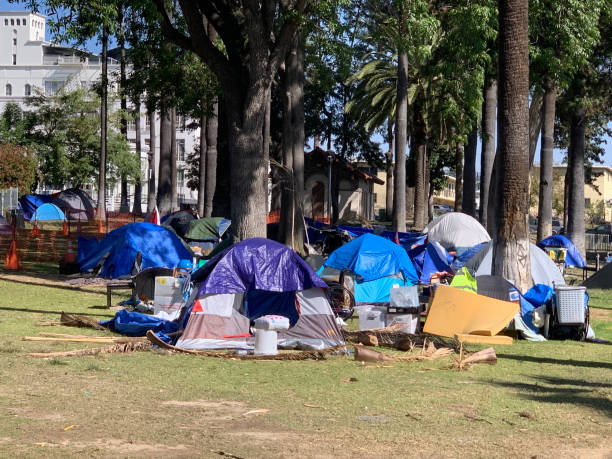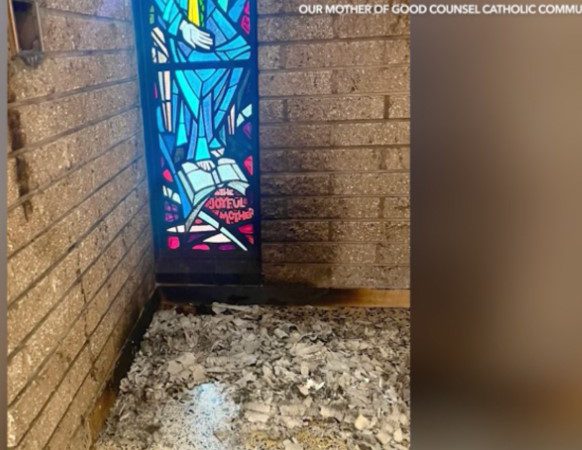California Insider came out with an article on April 16th detailing the many ways in which Los Angeles residents have decided to take the homelessness crisis into their own hands. The residents fed up with the chronic inaction, bureaucracy, and just plain bad decisions of the municipal government are forcing residents to get their hands dirty by creating groups like SAVE LA. One member of SAVE LA Cameron Flanagan actually founded the Los Feliz Neighborhood Council in 2003. She points out a particular temporary homeless shelter in Los Feliz where homelessness surged in the vicinity of the shelter at an alarming rate, nearly quadrupling compared to the modest increase seen in Los Feliz—clocking in at 468 percent versus 126 percent, respectively. Critics argue that rather than alleviating the issue, the shelter seems to attract and exacerbate homelessness.
Moreover, a report highlights a staggering 300 percent rise in crime around the shelter in 2023 compared to the surrounding area. Ms. Flanagan, actively involved in aiding law enforcement, assisted in identifying gang-linked drug traffickers operating near the shelter’s vicinity. She also pointed out the presence of another drug dealer who had been residing under a nearby bridge for 18 months before finally being housed. Following their relocation, neighbors collaborated to clean up the area, beautifying it with mulch and flowers.
Ms. Flanagan accuses Nithya Raman the councilwoman for LA City Council District 4 of failing to differentiate between criminal activities linked to gangs and the issue of homelessness. She criticizes People Assisting the Homeless (PATH), the organization overseeing the shelter, for tolerating encampments and allowing large piles of debris and trash to accumulate nearby.
According to critics, Ms. Raman’s reluctance to support clean-up efforts, whether through existing ordinances or other means, creates an environment conducive to drug trafficking and gang activity in the shelter’s vicinity. Ms. Flanagan and other concerned residents took matters into their own hands by investing $600 to produce new signs, enabling law enforcement to enforce anti-camping regulations after the previous ones were removed at Ms. Raman’s behest.








